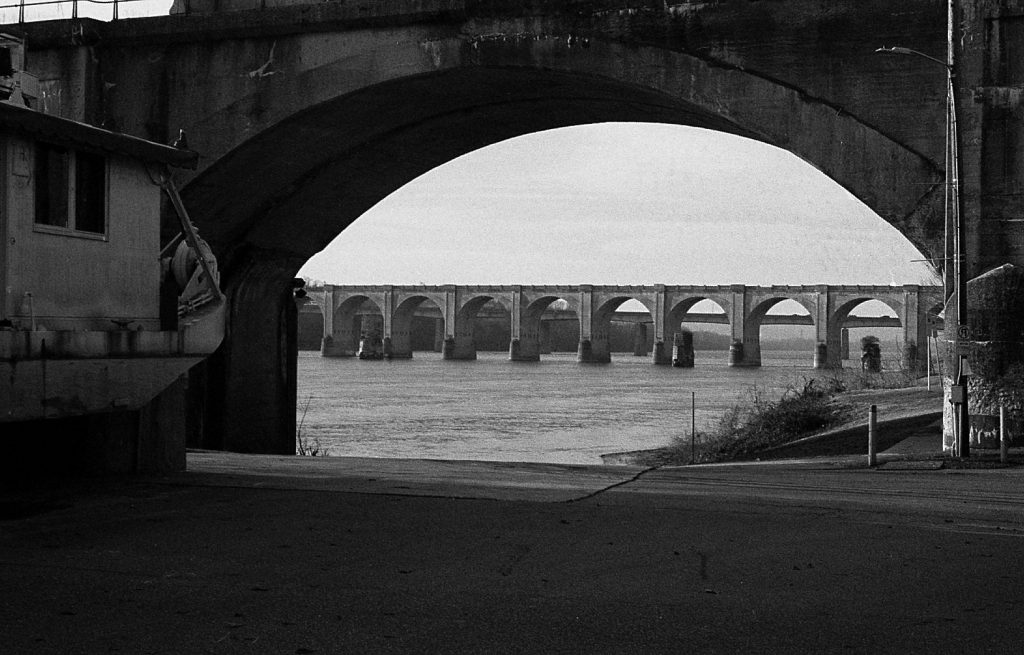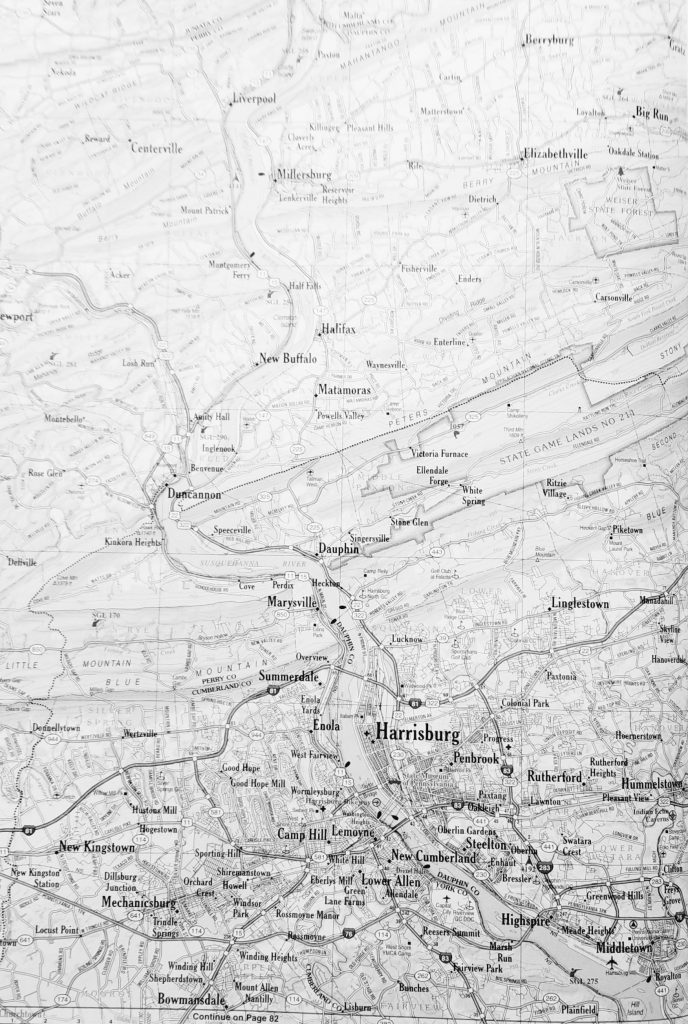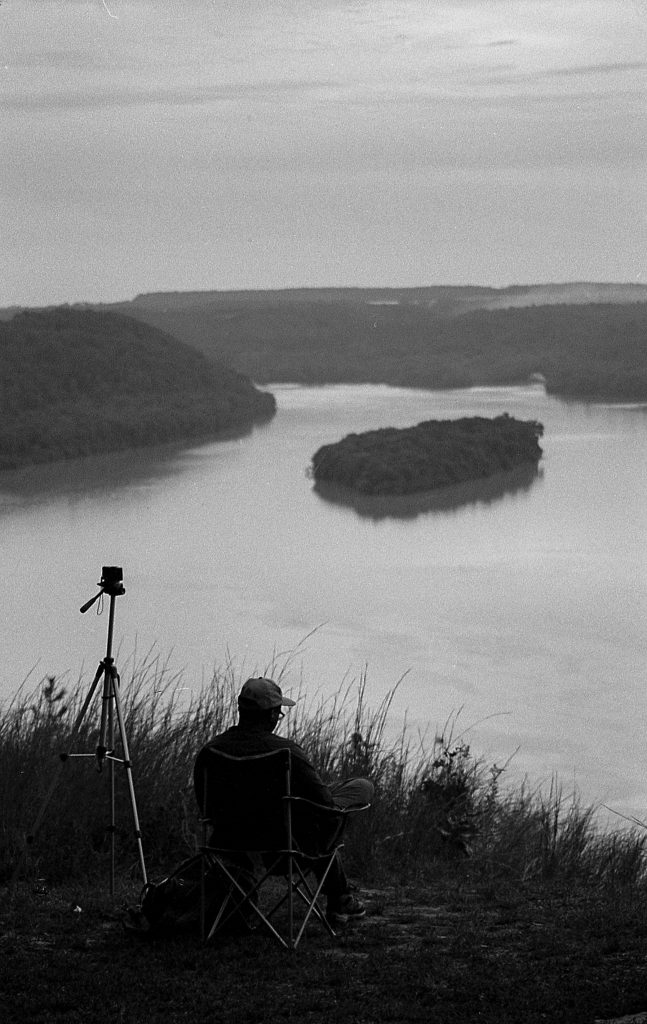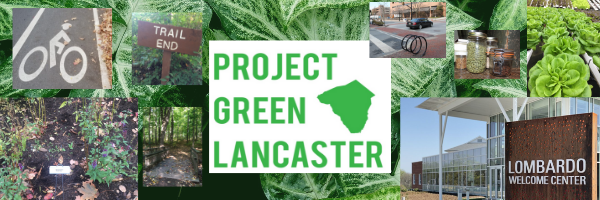Issues with contaminants in the Susquehanna River Basin could lead to problems in multiple ecosystems and water quality overall.
By Justin Gibson

Over the past few months it has become more and more apparent to me that there is a serious problem with the state of Pennsylvania’s watersheds. Talks about sustainability have began to become more common in recent years with younger generations caring more about the finite aspects of resources and humanity’s impact on their environment. A multitude of legislation is already in place focusing on securing the protection of our water and air, though the guidelines in place may not be strict enough.

I come from a small town in Pennsylvania called Enola, right across the river from the capital of Harrisburg. The two towns are separated by the Susquehanna River, one of the biggest watersheds in Pennsylvania. The river is approximately 400 square miles long, and supplies drinking water to over 6 million people. The river actually reaches out to 3 states, New York, Pennsylvania, and Maryland. News reports coming out of Harrisburg said that there are issues with bacteria, byproducts, and even sewage beginning to cause issues with populations of fish in the Susquehanna River.

Photo by Justin Gibson.
After reading through reports surrounding the overall quality of the water in the Susquehanna and how it supplies drinking water to so many people, including my family, friends, and entire counties, I began to worry. I decided to track down specifically where Enola gets its water from and after a few google searches I was able to figure out that the water comes from the Conodoguinet Creek, a tributary of the Susquehanna. Using data from the Environmental Protection Agency and findings from the Environmental Working Group I was able to figure out what was in my family’s water. The water that came to our house had traces of nitrates, chloroform, and was laden with a multitude of other chemical byproducts. I began to wonder how bad it would get the further one would travel down the river.
I decided to continue the investigation by heading back up to Lancaster county to see if the water quality may change traveling down the Susquehanna. What I found out is that Lancaster also gets its water from the Susquehanna River and the Conestoga, another Susquehanna tributary. The Environmental Working Groups data stated that there were more contaminants in the water. This may not be damning evidence, though it was displaying higher levels of chloroform, byproducts, and nitrates.

Justin Gibson.
I wanted to understand how these contaminants were entering the stream and what I found out was that most of the chemicals and byproducts were actually being formed through the process of trying to clean the water. The water is treated with chlorine in order to kill off bacteria that may cause waterborne infections. The process then creates byproducts that then enter the stream in small amounts. However, over the course of many years and many different treatment plants using this process eventually it creates high levels of byproducts. As for what may be causing the problems with fish populations it could be a variety of different things. It could be E. Coli entering the stream through sewage drainage, pesticides from agricultural runoff, heavy mineral sediments, etc. The scary thing is that the EPA in Harrisburg does not know what is causing it.
The question I kept thinking to myself was, “how could society, or legislation, potentially stop this?” I believe that the main course of action could be to place higher regulations on dumping of sewage into the river, reducing the amount of agricultural runoff, and placing restrictions on how much byproducts are allowed in the river. The best way to obtain clean water is by cleaning the main source of the river. This would also help with stopping contamination of the Chesapeake Bay where the Susquehanna opens up to.
Key Players
Lower Susquehanna River Keepers
A non-profit group that set out to monitor the conditions of the Susquehanna River, and has been doing so since 2005. Their group focuses on the industrial, natural, and man-made complications that pollute the river system. They want a Susquehanna River that individuals can truly swim in, and a Susquehanna river where fish can migrate through. They are made up of local citizens who are upset with the mistreatment of the river. These individuals are pushing for sustainable legislation that would allow the river to thrive like it once did. They also do their own testing of the water to help build their credibility and add a third party perspective to the whole pollution discussion.
Keith Williams
Keith Williams is one of the team members at the Lower Susquehanna River Keepers non profit. He has a Bachelors of Science in the field of environmental biology. He also does work doing underwater photography. He even produced a book on the subject of underwater river surveying and snorkeling. He has done work in politics to help give voice to concerns throughout the Susquehanna River basin, even giving help to the Middle Susquehanna River keepers. This just goes to show the dedication that citizens have for protecting one of Pennsylvania’s most historic watersheds.
More Issues
Conowingo Dam Issues
Another huge issue for environmental concern is the issue of the controversial Conowingo Dam. Hydroelectric dams are considered to be more environmentally friendly and better for the environment, and while this is true it poses concerns elsewhere. Hydroelectric power is great for producing clean energy, though it restricts passage to fish in the area causing significant problems to fish populations. The dam was also used to slow down formations of heavy, contaminated sediments from entering the Chesapeake Bay in Maryland, though over the years the sediment has been slowly seeping through. This is causing more contamination to enter the ecosystem of the Chesapeake Bay.
Pesticide Contamination
As mentioned before one of the main causes for pollution in the Susquehanna river is from a large amount of agricultural runoff entering into tributaries. Agricultural runoff is bad for the river’s water quality in a few ways, but one of which is worse than most others, pesticide contamination. The use of toxic pesticides on farm crops eventually finds its way into river systems through rain washing material into rivers. These pesticides travel up and down the tributaries before depositing in the Susquehanna. The Susquehanna supplies over 6 million people with drinking water, which means that millions could be drinking pesticides without even noticing.
Most environmental concerns surrounding the river is discussed in a short documentary I did covering the river’s contamination
Sources
www.lowersusquehannariverkeeper.org
https://www.ewg.org/news/testimony-official-correspondence/ewg-testifies-nyc-council
https://www.cbf.org/issues/polluted-runoff/conowingo-dam.html
http://www.lowersusquehannariverkeeper.org/issues-2/waste-disease/pesticides/
